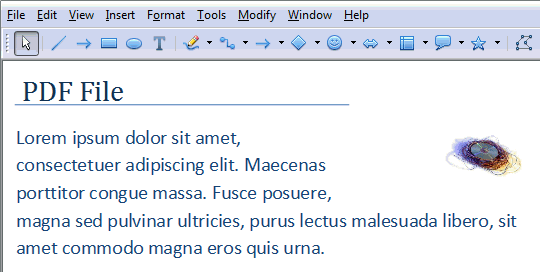

Then, copy it to the clipboard, and then paste it in Calc.
Put the data in any other program (such as GEdit or Windows Notepad). There are other ways to convert text to columns: Copying certain tables from a PDF (which may be space delimited). Splitting fixed-width (non-delimited) data such as 20080126 (in one cell) to 2008 01 26 (across three cells).  Splitting last and first names such as Smith, John (using a comma). Splitting city and states such as Los Angeles, California. You can use this feature for a variety of use cases including: Put the cursor in C1 (by clicking on it). There is a square handle protruding from the bottom-right-hand corner of the cell. In the example above after splitting the cells, you could do this: This does not work if your data have embedded spaces. In the Text to Columns dialog, click Space and Merge Delimiters. Manually delete them when there are few. Here are three choices to get rid of extra spaces you may end up with: Then, choose a type from the drop-down list. To specify the type of data in the column, in the preview area click the top of the column. You're done, and here are the results: Column options Highlight the full range of cells (in this case, A1 through A4). In this case, column B must be empty because the data will grow one column to the right. Otherwise, the cells will be overwritten. Make sure there are enough clear cells to accept the new values. To remove the comma and put the country names into column B, we proceed as follows: Our example spreadsheet contains city and country names delimited by a comma: Calc will parse the text and split it apart using whichever delimiter character you choose including tab, comma, space, or semicolon. Now it is possible to also do it within existing cells. Before it was possible to import delimited text (typically comma or tab delimited) into the spreadsheet through a file or a clipboard. 2.4.0 introduces text to columns for Calc.
Splitting last and first names such as Smith, John (using a comma). Splitting city and states such as Los Angeles, California. You can use this feature for a variety of use cases including: Put the cursor in C1 (by clicking on it). There is a square handle protruding from the bottom-right-hand corner of the cell. In the example above after splitting the cells, you could do this: This does not work if your data have embedded spaces. In the Text to Columns dialog, click Space and Merge Delimiters. Manually delete them when there are few. Here are three choices to get rid of extra spaces you may end up with: Then, choose a type from the drop-down list. To specify the type of data in the column, in the preview area click the top of the column. You're done, and here are the results: Column options Highlight the full range of cells (in this case, A1 through A4). In this case, column B must be empty because the data will grow one column to the right. Otherwise, the cells will be overwritten. Make sure there are enough clear cells to accept the new values. To remove the comma and put the country names into column B, we proceed as follows: Our example spreadsheet contains city and country names delimited by a comma: Calc will parse the text and split it apart using whichever delimiter character you choose including tab, comma, space, or semicolon. Now it is possible to also do it within existing cells. Before it was possible to import delimited text (typically comma or tab delimited) into the spreadsheet through a file or a clipboard. 2.4.0 introduces text to columns for Calc.








